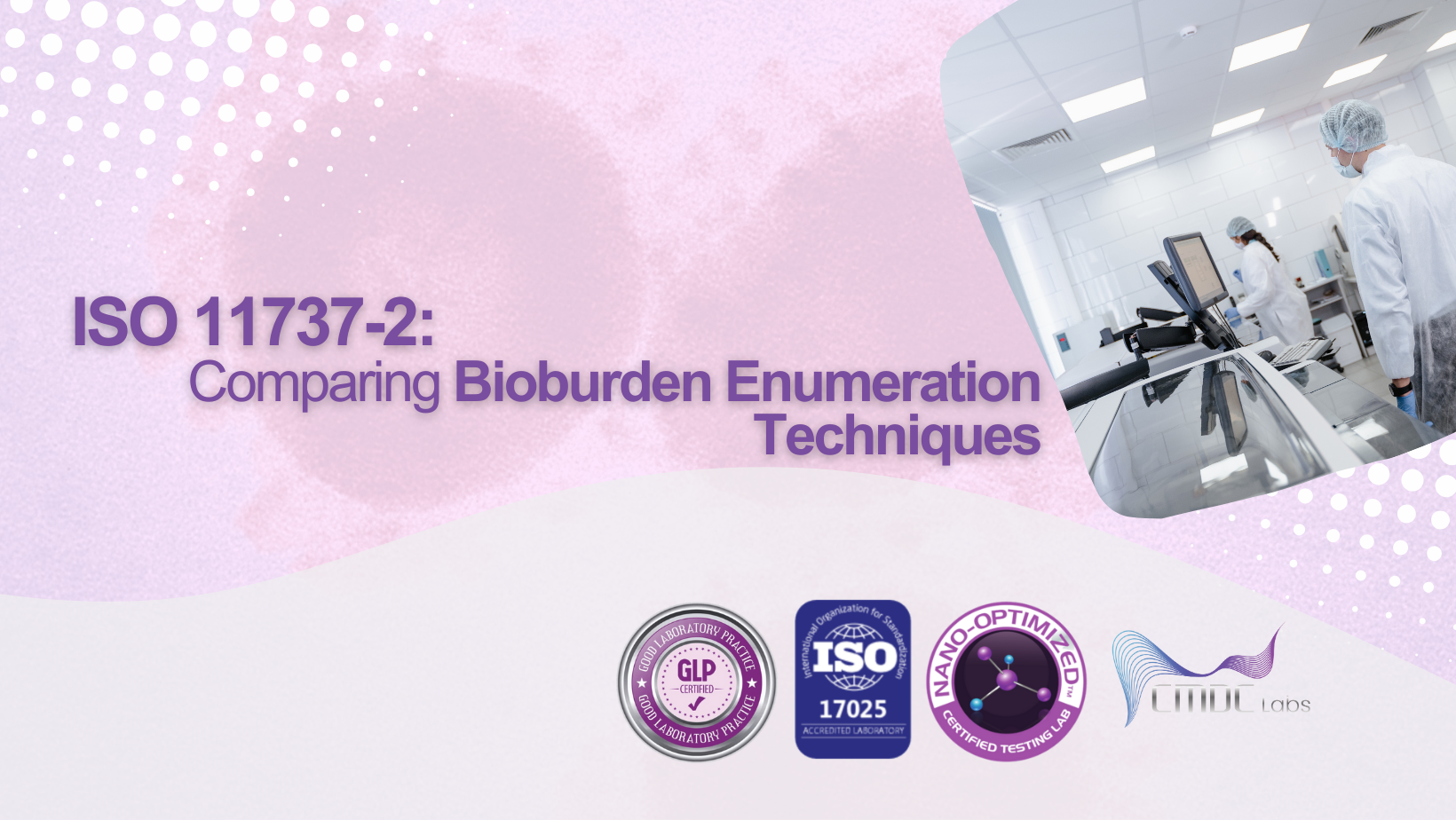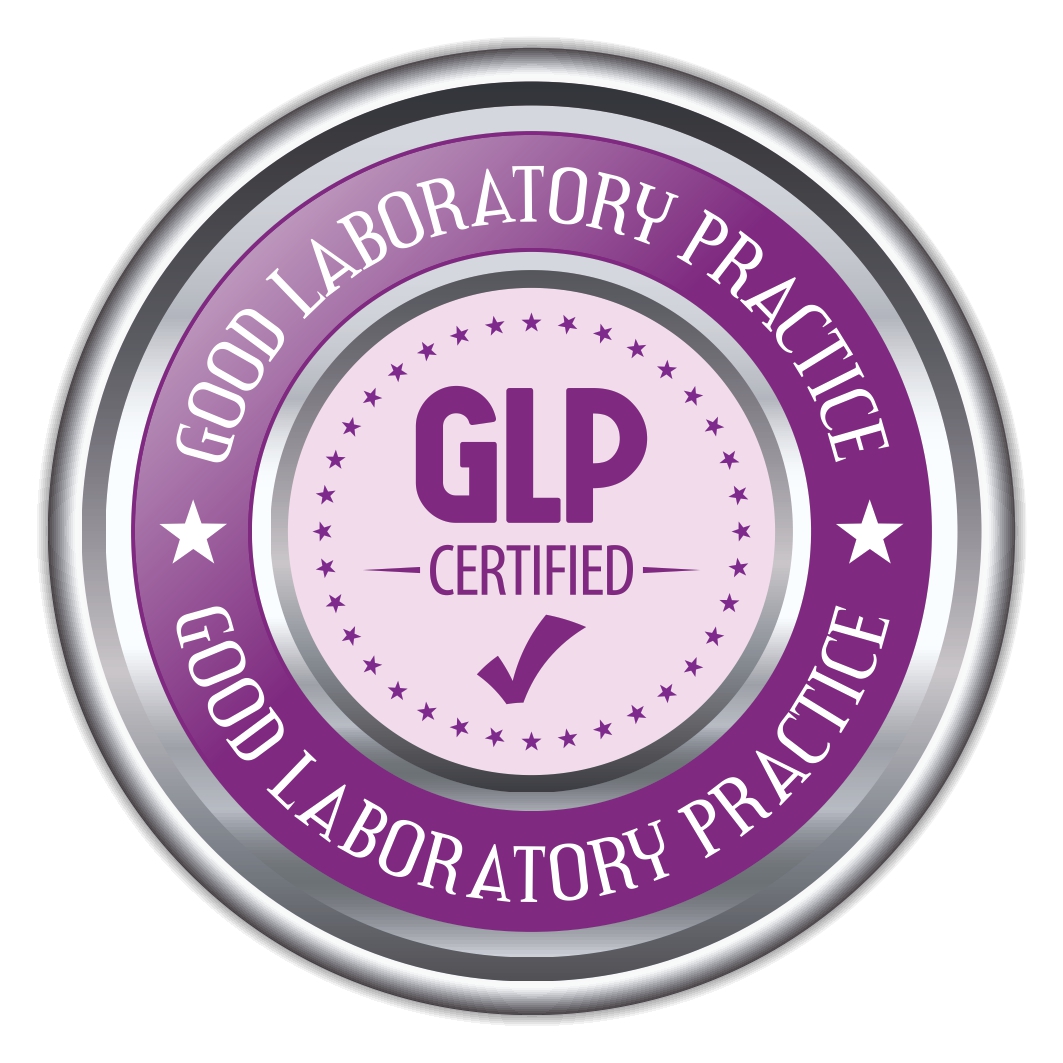Bioburden testing is a critical aspect of ensuring the safety and efficacy of medical devices. ISO 11737-2 is the international standard that provides guidance on bioburden testing methods and procedures. In this article, we delve into the specifics of ISO 11737-2 and compare different bioburden enumeration techniques to help manufacturers make informed decisions about their testing protocols.
Understanding ISO 11737-2
ISO 11737-2 outlines the principles and procedures for determining the bioburden of medical devices, which refers to the total number of viable microorganisms on or within a device. The standard provides guidelines for selecting appropriate sampling methods, culture media, incubation conditions, and enumeration techniques to accurately quantify bioburden levels.
Comparing Bioburden Enumeration Techniques
- Membrane Filtration Method: This technique involves passing a known volume of sample through a membrane filter, which captures microorganisms present in the sample. The filter is then transferred to a culture medium and incubated to allow microbial growth. After incubation, colonies are counted, and the bioburden is expressed as colony-forming units per unit volume or mass of the sample.
- Direct Inoculation Method: In this approach, a known volume of sample is directly inoculated onto a culture medium and spread evenly using a sterile spreader. The inoculated plates are then incubated under suitable conditions, and microbial colonies are counted after incubation.
- Plate Count Method: The plate count method involves serially diluting the sample and spreading aliquots of each dilution onto the surface of solid agar plates. After incubation, colonies are counted on plates containing a suitable number of colonies (usually between 30 and 300), and the bioburden is calculated based on the dilution factor.
Factors to Consider in Method Selection
- Sample Characteristics: The nature of the sample, such as its viscosity, particle size, and microbial load, can influence the choice of bioburden enumeration technique.
- Accuracy and Precision: Some methods may offer higher accuracy and precision than others, depending on the specific requirements of the application.
- Time and Cost: Considerations such as turnaround time and cost of analysis may also impact method selection, especially for high-throughput testing.
Conclusion
ISO 11737-2 provides a framework for bioburden testing, but manufacturers must carefully consider various factors when selecting the most appropriate enumeration technique for their specific needs. By understanding the advantages and limitations of different methods, manufacturers can ensure the accuracy, reliability, and regulatory compliance of their bioburden testing protocols.








